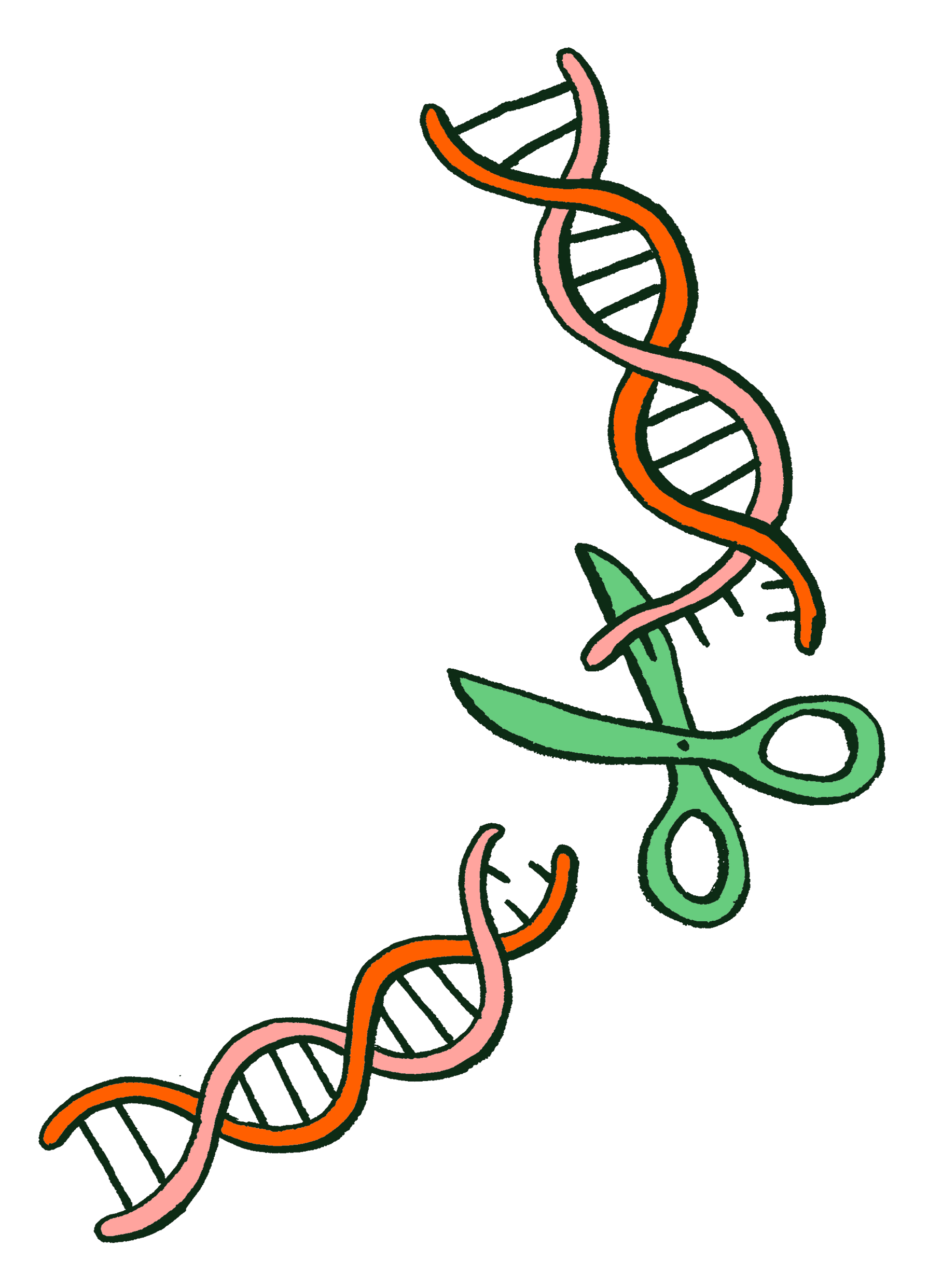"Directed evolution" gets around CRISPR's inherent limitations
New gene editing technology may make molecular scissors more useful
Wikimedia
DNA, the genetic material that produces life on Earth, is made of unique sequences known as “genes.” It's possible to edit those genes, using technology called CRISPR-Cas9. CRISPR essentially acts as a pair of molecular scissors to replace an existing gene by cutting the DNA at a desired sequence and swapping in a newer version.

Matteo Farinella
In the case of a disease caused by a single mistake in a gene, this has huge potential – CRISPR could be delivered to the mutation and fix it by replacing the wrong sequence with the correct one. Applications of gene editing spread beyond gene therapy as well, from engineering more resilient crops to curbing insect-borne diseases and more. However, there’s a catch: in order for editing to occur, a short but highly specific sequence of DNA known as a ‘PAM’, must be located directly beside the editing sequence, like runway lights for a plane to land on.
In a recent study, scientists used cutting-edge research techniques to improve that system. Many diseases, including sickle cell anemia, are caused by mutations without a nearby PAM, ruling out CRISPR-gene editing as a potential treatment. The researchers in this study wanted to design new versions of CRISPR that could recognize more common PAMs, and could therefore reach more genes for therapeutic intervention.
To do this, they used a Nobel prize-winning technique known as directed evolution, a method to quickly make and test thousands of variants of CRISPR to design a more versatile version of the gene editor. The authors showed that the new CRISPR editors could repair the mutation causing sickle cell anemia. They might also have the be able to target far more single mutations that cause disease than ever before possible. While there are still challenges before CRISPR reaches the clinic, the results of this paper enormously increase the scope of medical, environmental, and agricultural impacts that gene editing technology can have on society.


















